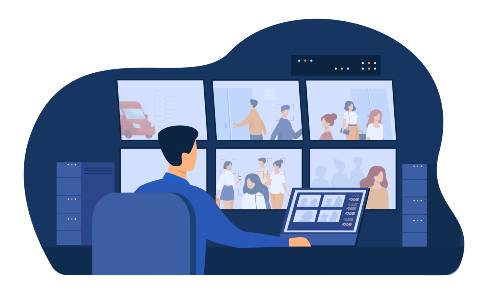A recent study conducted as part of the ROSIE project sheds light on the decision-making process behind educational technology (edtech) in low- and middle-income countries (LMICs). By conducting hour-long interviews with government officials and edtech experts, along with a thorough review of existing literature, the research offers a comprehensive understanding of the current state of edtech in these regions. The study provides a unique perspective on the challenges faced by LMICs in implementing effective edtech solutions and offers insights into the steps that can be taken to improve the situation.
Decisionmakers’ Attitude towards Edtech: A Double-Edged Sword
While there is an evident eagerness among LMIC decisionmakers to embrace edtech, this enthusiasm is not always grounded in evidence of edtech’s effectiveness. This raises concerns about the risk of adopting technologies without robust proof of their impact. However, contrary viewpoints suggest that this enthusiasm may also be a stepping stone towards modernizing education systems.

The Complex Web of Influences
- In-Country Digital Push: The drive towards digitization often comes from within the country itself, fueled by a desire to appear modern. However, this could be a double-edged sword, with the risk of adopting technology for appearance’s sake rather than its educational value.
- Donor Priorities: Financial incentives from donors play a significant role. It is crucial to examine these motivations to ensure they align with educational goals and not just commercial interests.
- Signaling from Wealthy Education Systems: The practices of affluent nations heavily influence LMICs. This mimicry, though, could widen the educational divide, as it may not consider the unique challenges faced by LMICs.
- Tech Company Marketing: Aggressive marketing tactics by tech companies can sway decisionmaking. There’s a growing debate on whether there should be legislative measures to curb such influences.
Edtech Categories: Shiny, Efficient, or Innovative?
Decisionmakers focus on three main types of edtech: visually appealing but unproven “shiny edtech,” EMIS, and AI innovations. While EMIS has been debated for its efficiency, the adoption of AI in education demands further research to ensure its safe and effective implementation.
Expert Caution versus Ground Realities
Experts caution against adopting edtech without solid evidence of its benefits, especially in the case of “shiny edtech” and AI. This skepticism is juxtaposed with the real-world enthusiasm for these technologies, creating a complex decisionmaking landscape.
The Minor Role of Research in Decision Making
Interestingly, research often takes a backseat in the decisionmaking process. The focus tends to be on factors like the source of the recommendation, political implications, and the reputation of the company, rather than on solid research findings. This highlights a gap between academic insights and practical decisionmaking.
A Framework for Informed Decisions
The study proposes a decisionmaking framework based on motivation, feasibility, and sustainability. This approach aims to bring a more structured and evidence-based perspective to the selection of educational innovations.
Applying the Framework: Towards a Strategic Approach
This framework is not just a theoretical construct but a practical tool. It encourages decisionmakers to critically assess potential innovations, consider their long-term viability, and make choices that are not only politically and financially sound but also educationally beneficial.
In conclusion, the adoption of edtech in LMICs is a multifaceted issue, influenced by internal and external pressures, financial incentives, and the allure of modern technology. While enthusiasm for edtech is high, there is a need for a more critical and evidence-based approach to ensure that these technologies truly benefit educational outcomes. The proposed decisionmaking framework is a step towards achieving this balance, helping policymakers navigate the complex landscape of edtech with a strategic and informed approach.
Olsen, B. (2023). Government decisionmaking on education in low-and middle-income countries.




